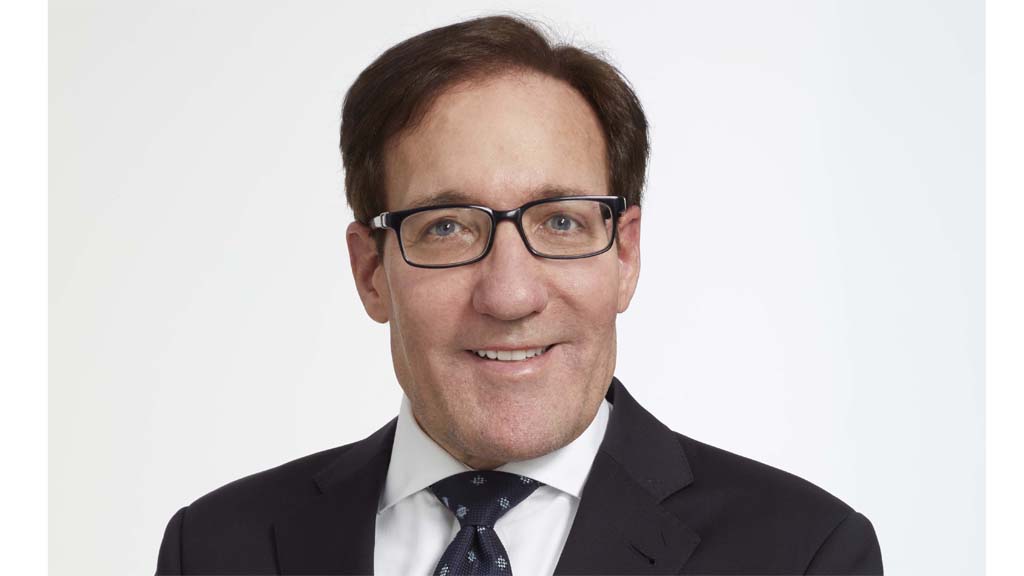DTV Update: Great Britain, China, and Australia
While most broadcasters in the U.S. are focused on the DTV transition here, with the 2006 deadline for the end of analog broadcasting still in place (albeit with conditions attached), other countries are working through their own transition. Three articles last week outlined the progress in Great Britain, China, and Australia.
A BBC article, Digital TV growth continues -- The rise of digital TV seems unstoppable -- in all its formats said more than 10 million United Kingdom households, 41 percent of the homes, have converted to DTV. Digital satellite signals reach 6.5 million homes and digital cable use is growing rapidly as well. However, digital terrestrial (over-the-air) service Freeview grew at the quickest pace, signing up 637,000 viewers for a total of 1.5 million viewers. Freeview charges 70 pounds for a DTV converter box.
China is just starting to roll out DTV services. A China People's Daily article, China's Digital TV Industry to Unveil Bright Picture said new digital channels and pay-per-view services would launch in September. Ten nationwide commercial DTV channels are to be operational by the end of the year, although the article is not clear about whether these will be cable or over-the-air channels. Yang Weiguang, with the Beijing Broadcasting Institute, was quoted saying, "TV digitization in China will become another consumption hot spot, which will benefit all related industries and probably lead a restructuring of the market." The article reported Chinese officials said they have created "a database for digital programs which now boasts several thousand hours of homemade programs and ten times more imported contents." However, it said at the present time, there are only 5,000 digital TV users in China. Analog broadcasting is planned to end in China in 2015.
The ABC (Australian Broadcasting Corporation) PM program did not paint as positive picture of the DTV conversion in Australia. The transcript of the program said DTV has reached less than 1 percent of the Australian households and government's goal of shutting down analog broadcasting by 2009 seems unlikely to succeed. The program included comments from Anne Parsons, Chief Executive Officer of Zenith Media suggesting consumers don't care about HDTV. She said, "...when we've done the exercise in my office, making the comparisons of HDTV to standard definition we haven't been able to find anyone that we'd call 'Joe Public' that could tell the difference." Zenith Media is a media company that represents 15 percent of Australia's advertisers and is not related to Zenith Electronics. She suggested networks could make DTV more appealing by offering HD pictures for commercials, saying, "...the only way that the networks actually get their hands on that revenue is if they're able to provide something that advertisers value, and what advertisers value of course, is the audience and the better, the richer, the more varied that that audience can be, the more their money can grow."
While these three countries are at different stages in their DTV transition with different degrees of success, a look at these articles shows that the focus of the DTV transition is not the same in each country. In Great Britain, the emphasis is on standard definition TV delivered to existing TV sets using converter boxes. In China, the initial plans are based on the use of set-top boxes to deliver new services. The Australian model seems closers to the U.S. model.
The professional video industry's #1 source for news, trends and product and tech information. Sign up below.
